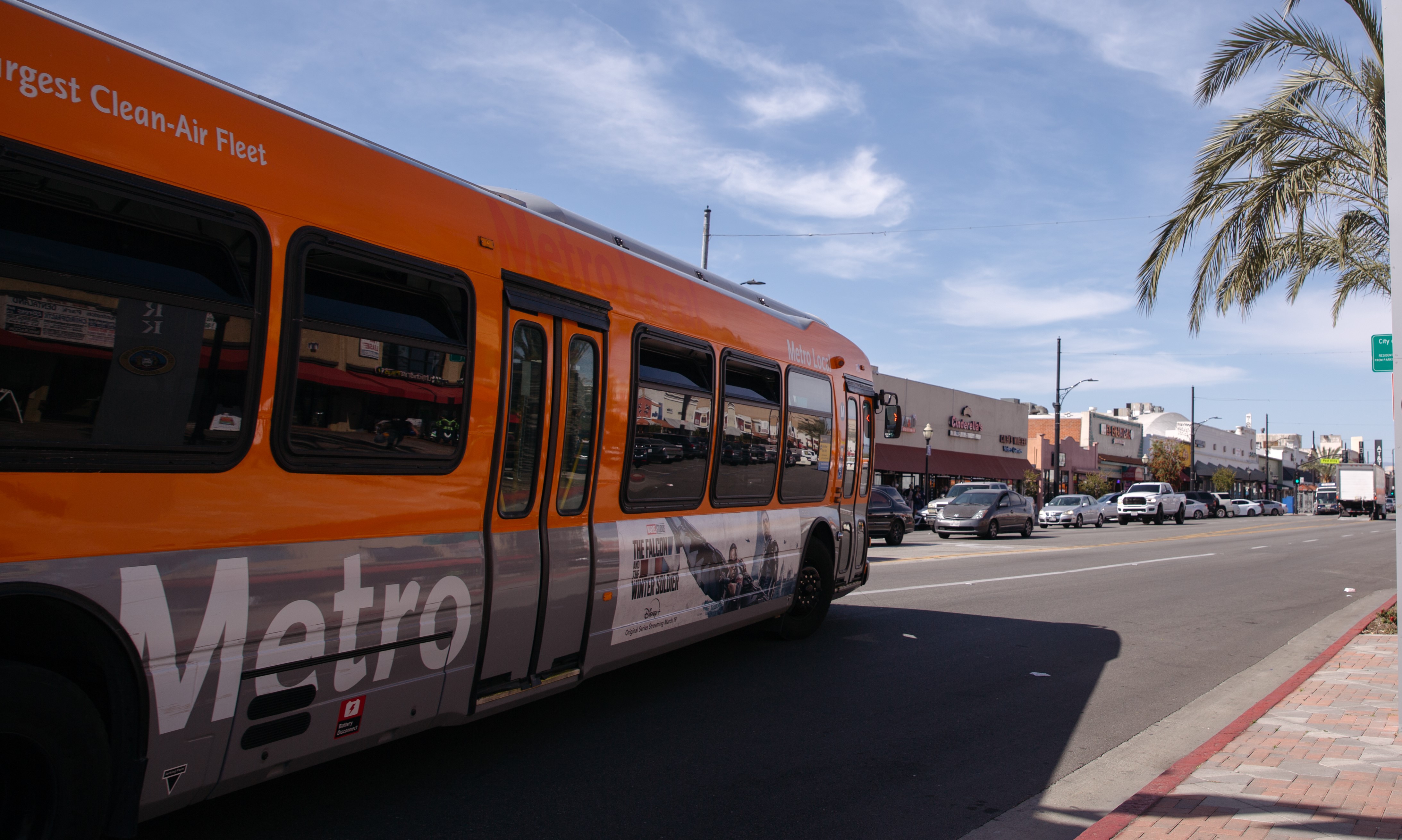After months of organizing and pressuring City Hall, a broad coalition of community groups scored a key victory Thursday in the battle to protect Griffith Park from future development.
The Cultural Heritage Commission voted 4-1 to back the request of Griffith J. Griffith, great-grandson of the man who donated the land to the city in 1896, to grant the vast urban park cultural-historical monument status which would provide significant protections against future development.
The issue now goes to the City Council where it is likely to win approval with the backing of Councilman Tom LaBonge, who offered unequivocal support for giving Griffith Park the same monument status that roughly 900 other places in Los Angeles already have.
LaBonge, the parks No. 1 fan, won a standing ovation from the more than 150 activists who filled a City Hall meeting room to voice support for the proposal. He talked about his daily hikes in the park, told how Babe Ruth learning he was traded from Boston to the Yankees while playing at Harding Golf Course and recalled Walt Disney's love affair with the park and how it inspired his idea for Disney while watching kids on the merry-go-round.
That left some in the crowd muttering about whether city officials see Griffith Park as a potential "Disneyland" attraction, which is why they worked so hard to safeguard it from future development.
Representatives of the Autry National Center and their lobbyist, Latham & Watkins, started the three-hour hearing by condemning "members of the public for having misunderstood or misstated" the museum's position on monument status for the park.
The Autry, which a $1 a year to 12 acres in the park, wants to expand dramatically on the 10 acres that are not now developed, and is worried that the commission and planning staff will interfere with their plans even though the Autry, the zoo, Toyon Landfill were determined to be "non-contributing factors" to the cultural-historical designation.
News
Top news of the day
The commission discussed that issue at length before voting and left its future role in developments in those areas as well as Interstate 5 which was built through the park in 1958 an open-ended question -- "comfortable with discomfort" was how Commissioner Mia Lehrer described the gray areas left unresolved.
It was clear that any action that negatively impacted the historical nature of Griffith Park would face intensive scrutiny by the commission and its staff, giving the community leverage in its effort to preserve the park in the future.



